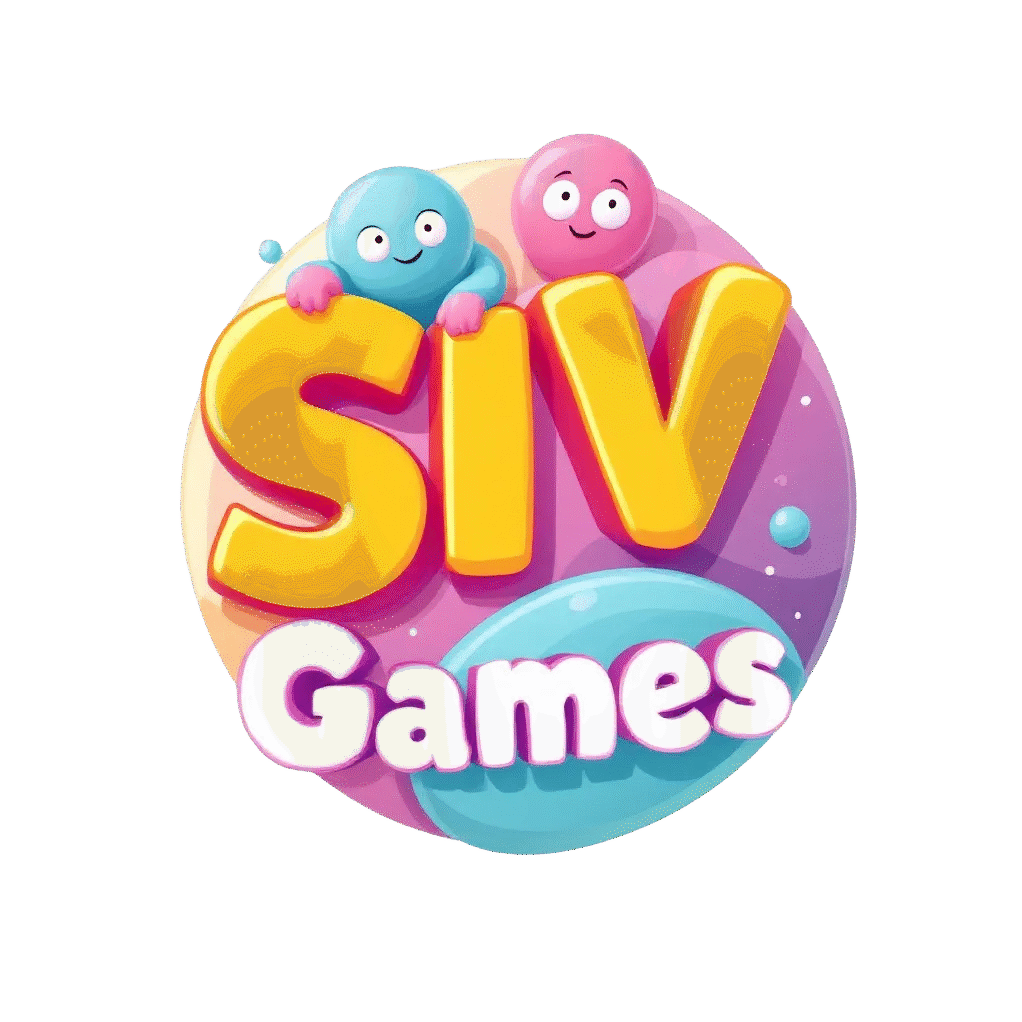**1. Introduction: What Happens When Games Enter the Workplace? 🎮🏢**
Gamification—the integration of game mechanics into non-gaming environments—has evolved from a buzzword into a powerful tool for transforming modern workspaces. Techniques that were once confined to mobile apps and video games are now staples in education, corporate learning, health care, and enterprise software. And for professional game studios, this trend offers more than inspiration—it presents a growing cross-industry opportunity.
In an age where employee engagement and motivation are vital, gamification acts as a psychological catalyst, tapping into intrinsic human behaviors such as competition, goal-setting, and reward satisfaction. As the digital landscape transforms, more organizations are embracing these methods to boost productivity, retention, and morale.
In this blog, we’ll explore how gamification is reshaping workplace performance, the principles that make it effective, and how game developers can become key players in this evolution.
**2. Understanding Gamification: Beyond Badges and Leaderboards 🧠🏆**
At its core, gamification involves applying game-like elements to non-game situations. Common features include:
– **Points and scores**
– **Leaderboards and rankings**
– **Badges and achievements**
– **Progress tracking**
– **Challenges, missions, and feedback loops**
However, meaningful gamification digs deeper than surface-level features. It addresses user motivation, aligns with behavioral psychology, and fosters meaningful engagement. Designers must carefully craft systems that reward both effort and progress, encouraging users to stay committed long term.
**3. The Psychology Behind Productivity Gamification 🧬🔍**
The success of gamification in the workspace hinges on psychological principles rooted in intrinsic motivation. Game design theory provides numerous motivational dynamics that can enhance performance:
– **Autonomy** – Giving individuals the ability to choose tasks and set goals increases ownership.
– **Mastery** – Measuring progress visually (XP bars, milestones, levels) delivers a sense of growth and improvement.
– **Purpose** – Encouraging collaboration through missions or team goals aligns people with a common cause.
By designing challenges that are just difficult enough to be engaging—but not frustrating—employees are more likely to achieve flow, a state of optimal focus and productivity.
**4. Real-World Use Cases: Gamification in Action 🌍✅**
Here are some real-world examples where gamification has successfully been implemented to drive productivity:
– **Sales & CRM Platforms**: Salesforce’s use of custom badges, challenges, and real-time leaderboards increased user adoption and data accuracy.
– **Employee Training**: Deloitte uses a gamified leadership training platform combining learning modules with quests and badges, reducing dropout rates significantly.
– **Task Management**: Platforms like Habitica transform to-do lists into role-playing adventure games, encouraging consistent personal and professional productivity.
– **Wellness Programs**: Companies like Google and Virgin have incorporated gamified health challenges, offering points and rewards for steps walked or wellness tasks completed.
**5. How Game Studios Can Lead in Gamification Services 🎓🚀**
Game development studios already possess the creative and technical expertise needed for effective gamification. Here’s how studios can pivot or expand their offerings:
– **Consultancy and Custom Solutions**: Partner with HR or SaaS companies to build tailored gamification layers into existing platforms.
– **Cross-Market Game Engines**: Tools like Unity or Unreal Engine can be adapted to create workplace simulations or scenario-based training modules.
– **Serious Games Development**: Developing training games that are fun, narrative-driven, and practically useful.
– **UI/UX Expertise**: Applying player-centric design principles to enterprise software can dramatically improve user satisfaction.
**6. Common Pitfalls and How to Avoid Them ⚠️📉**
As promising as gamification is, its implementation must be strategic. Stripped of depth, gamified systems can feel superficial or manipulative. Avoid these common mistakes:
– **Lack of Purpose**: Don’t add points or badges for the sake of novelty. Meaning must be tied to results.
– **One-size-fits-all Design**: Employees are motivated differently. Provide both individual and team-based challenges.
– **Neglecting Narrative**: A compelling story or user journey can boost motivation and create emotional attachment to goals.
– **Overemphasis on Competition**: Too much focus on leaderboards can demotivate lower-ranking users.
**7. Tips for Designing Effective Workplace Gamification 🧩✏️**
To create compelling gamified systems, follow best practices rooted in game design theory:
– **Define clear goals** – Know what business outcomes are expected (e.g., increased workflow, knowledge retention).
– **Design for feedback loops** – Continuous feedback is essential; celebrate milestones frequently.
– **Use progression systems** – Leveling up provides a sense of growth and accomplishment.
– **Keep it optional but rewarding** – Enable opt-in participation so the experience remains engaging.
– **Invite storytelling** – Gamified platforms that include avatars, stories, or fantasy themes increase emotional engagement.
**8. The Future of Work and Games: A Growing Synergy 🔮🤝**
As hybrid work becomes normalized, maintaining employee connection and productivity will require systems that are both digital and deeply engaging. Gamification provides a path to humanizing software, empowering users to do their best work through systems that inspire, reward, and educate in joyful ways.
With emerging technologies like VR, AR, and AI-generated content, the lines between “work” and “play” may blur even further. Game studios that understand how to design for motivation and flow are well positioned to create the next generation of productivity software.
**9. Final Thoughts: Opportunity Awaits for Game Creators 🎯💼**
Gamification is no longer a gimmick—it’s an innovative framework adopted across industries to drive human engagement. The same storytelling, design dynamics, and engagement tools that captivate gamers are now being used to empower employees and transform work cultures.
For professional game studios, it’s an exciting opportunity for diversification, collaboration, and new revenue streams. Whether through B2B partnerships, educational products, or wellness platforms, the gamified future of work is one that game designers are uniquely equipped to build.
So, ready to bring play to the workplace? Because the game has only just begun.

